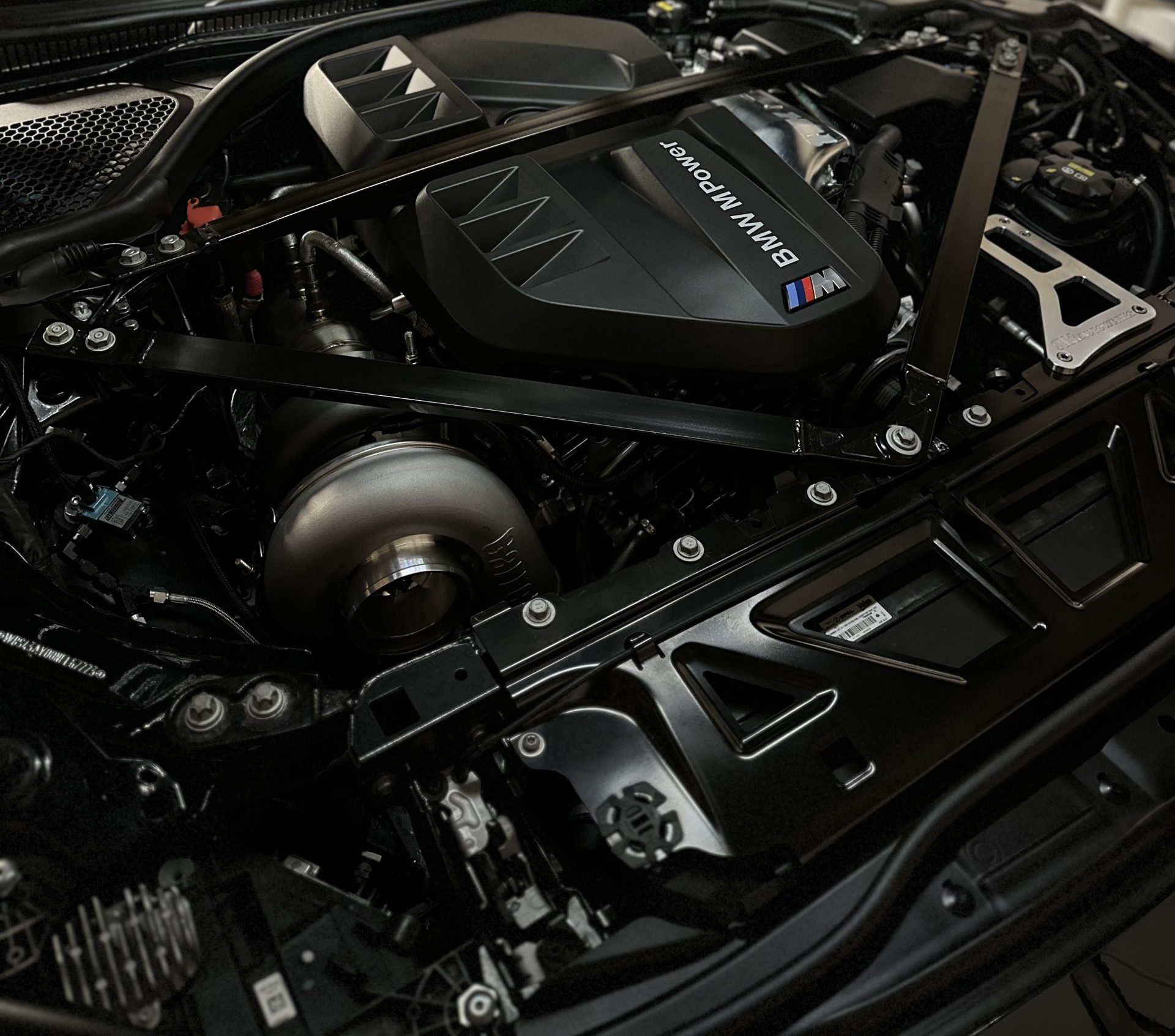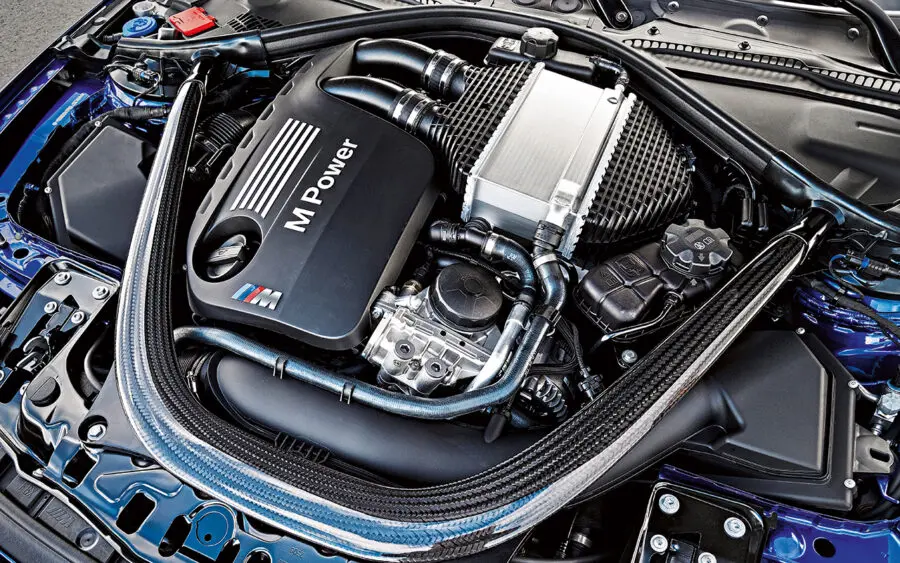Typical Issues Encountered by BMW Engine Owners and Just How to Fix Them
Typical Issues Encountered by BMW Engine Owners and Just How to Fix Them
Blog Article
Exploring the Advancement of Burning Engines in Modern Transportation Solutions
As we browse the landscape of contemporary transport, the development of burning engines stands as a testimony to human ingenuity and engineering expertise. From their simple beginnings to the advanced giants driving automobiles today, combustion engines have gone through an impressive journey of technology and adaptation. Comprehending the complexities of this development not only drops light on the past yet likewise paves the way for picturing what lies ahead in the world of transport technology. The interaction of history, modern technology, and environmental issues fit the trajectory of burning engines develops a story that is both compelling and insightful.
Very Early Beginnings of Combustion Engines
Exactly how did the idea of burning engines initial emerge in the onset of transport growth? The origins of burning engines can be traced back to the 17th century when the principles of interior burning were initial checked out. In 1673, Christian Huygens conceived a basic interior combustion engine that utilized gunpowder to generate power. However, it had not been up until the late 19th century that practical applications of combustion engines in transport started to emerge.
The development minute featured the development of the very first effective gasoline-powered engine by Karl Benz in 1885 - bmw engine. This engine led the means for the development of the modern-day car, reinventing transportation systems worldwide. Succeeding advancements by Nikolaus Otto and Gottlieb Daimler further fine-tuned burning engine innovation, leading to the automation of cars and the fast development of the transport market
These very early burning engines were identified by their simplicity and performance, laying the structure for the complex and powerful engines used in modern transport systems. The evolution of combustion engines has contributed fit the means we travel and carry goods, marking a considerable turning point in the background of transport growth.
Change to Internal Combustion Technology
The shift to internal combustion technology marked an essential shift in the advancement of transport systems. This change began in the late 19th century, with creators like Nikolaus Otto and Gottlieb Daimler establishing the first effective inner burning engines. These engines reinvented transport by supplying an extra powerful and effective alternative to vapor engines and electric motors.
Among the vital advantages of internal burning engines was their capacity to be reduced to fit into lorries, bring about the growth of autos and bikes. This change from large, fixed engines to small, mobile ones paved the way for the contemporary transport systems we see today.
The shift to internal combustion modern technology also spurred developments in fuel innovation, leading to the advancement of gasoline and diesel as main gas resources for lorries. This shift not just made transport much more available to the masses however likewise laid the structure for the oil and gas market to become integral to worldwide economic climates.
Effect of Combustion Engines on Transport
The fostering of burning engines in transportation systems militarized a profound shift in the performance and rate of worldwide wheelchair. Burning engines transformed transportation by giving a reliable and functional resource of power for different vehicles, including automobiles, aircrafts, ships, and vehicles. This development considerably boosted the capability for individuals and products to conform long distances in much shorter timespan, leading to enhanced connectivity in between areas and countries.
Additionally, the widespread usage of combustion engines has actually had a substantial influence on financial development. The capacity to transfer items successfully has stimulated trade and business, enabling services to expand their markets and get to consumers worldwide. This has promoted financial growth and globalization, as products can currently be delivered faster and in larger amounts than ever previously.
Nonetheless, the environmental effect of burning engines can not be neglected. The burning of fossil gas has brought about air pollution and greenhouse gas emissions, adding to climate modification and positioning wellness risks to populaces. bmw engine. As an outcome, there is an expanding focus on developing alternate propulsion technologies to minimize these adverse results and develop an extra lasting future for transport
Technologies in Combustion Engine Style
One significant technology is the growth look at this site of turbocharged engines, which utilize exhaust gases to drive a turbine that compresses incoming air, allowing for more fuel to be charred, resulting in enhanced power result without a significant boost in engine size. Variable valve timing systems have additionally revolutionized engine design by optimizing air movement at different engine rates, improving both power and efficiency. These innovations jointly add to the constant renovation of burning engines in modern transportation systems.
Future Fads in Combustion Engine Development
With innovation developments driving continual technology, the future of combustion engine development is poised to transform transportation systems worldwide. One of the essential trends in burning engine growth click to investigate is the press in the direction of better performance and reduced exhausts. Manufacturers are investing heavily in r & d to improve engine efficiency while fulfilling rigid environmental regulations. This consists of the integration of sophisticated gas shot systems, boosted turbocharging techniques, and the usage of light-weight products to enhance fuel consumption and decrease carbon exhausts.
One more popular fad is the fostering of hybrid innovations in combustion engines. Hybrid engines incorporate typical combustion technology with electrical power, using enhanced gas effectiveness and lower discharges. As the vehicle sector changes towards electrification, hybrid combustion engines are seen as a transitional option that bridges the space between conventional lorries and completely electric ones.
In addition, the combination of clever technologies, such as artificial knowledge and information analytics, is anticipated to play a substantial role in the future of combustion engine development. These innovations can enhance engine efficiency in real-time, causing a lot more efficient combustion processes and improved overall vehicle efficiency. Accepting these future fads will certainly not just drive development in combustion engine growth but also add to a more lasting and eco pleasant transport community.

Conclusion
In verdict, the evolution of combustion engines in modern-day transport systems has been marked by significant advancements in modern technology and style. From the very early beginnings of burning engines to the transition to internal combustion technology, these engines have actually had a profound impact on transportation.
The origins of burning engines can be mapped back to the 17th century when the concepts of interior combustion were site first discovered. These engines reinvented transportation by offering a much more powerful and effective option to steam engines and electrical motors.

Report this page